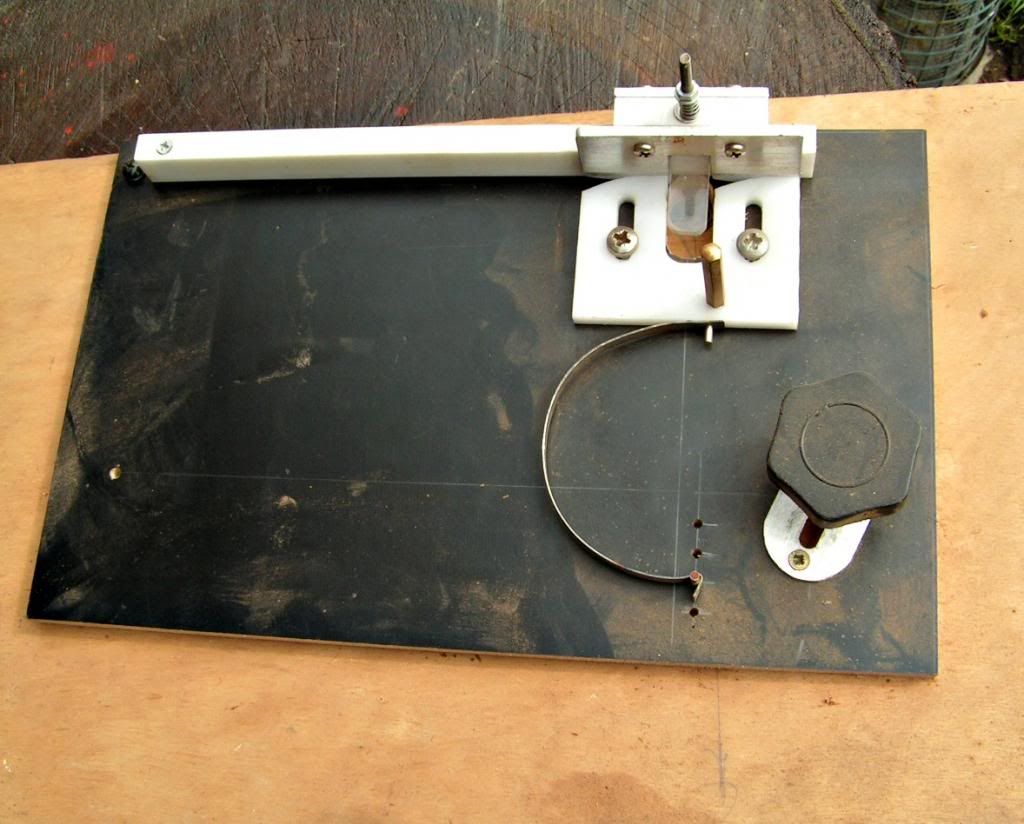Liam Ryan
Well-known member
Has anyone got an ingenious method to trim bindings to width/height (not thickness, that's done in the sander)?
At the moment I just hold them in one hand and run a block plane down them in small increments. Not accurate and a PITA.
While we're at it, what about celluloid bindings? Can they be run through the sander to thickness them or do they burst into flames?
At the moment I just hold them in one hand and run a block plane down them in small increments. Not accurate and a PITA.
While we're at it, what about celluloid bindings? Can they be run through the sander to thickness them or do they burst into flames?


